Nepal is best known for having eight of the 10 highest mountains on Earth, particularly Mount Everest, the tallest and most famous mountain in the world. But did you know that Mount Everest is part of Sagarmatha National Park and that there are nine other nirvana-like national parks of Nepal?
Nepali national parks are not only known for their majestic peaks, but as havens for exortic endangered species. A visit to a national park of Nepal can lead to viewing a vulnerable and solitary snow leopard, which is native to the mountains of South Asia; a red panda, the only living representative in its family, whose population is only between 317 to 582, according to the International Union for Conservation of Nature (IUCN); or even a gharial crocodile, which is one of the longest of all crocodilians and is critically endangered.
Due to Nepal’s geographic diversity, its national parks are also eclectic. For example, their locations range from sultry southern lowlands and sweltering tropical forests to rolling mid-country hills and cold, towering peaks of the Himalayas in the north. But wherever they are located, Nepali national parks all possess awe-inspiring landscapes, unique and beautiful wildlife and sweeping vistas, and are all perfect for one of Nepal’s most traditional pastimes: trekking. In fact, one of the planet’s most renowned treks is located in Nepal, the Annapurna Circuit, which encircles the Annapurna Massif that consists of one peak over 26,000 feet, thirteen peaks over 23,000 feet and sixteen peaks over 20,000 feet.
Chitwan National Park
Chitwan National Park, recognized as one of the best conservation areas in Asia, is a nature-lover’s paradise. It is Nepal’s first, and perhaps its most visited, national park. The 360-square-mile park, located in the country’s southern subtropical Inner Terai lowlands at the foot of the Himalayas, is a UNESCO World Heritage Site. Chitwan National Park is home to 68 species of mammals, 544 species of birds and 126 species of fish, and is revered as a refuge for the one-horned Asiatic rhinoceros, Royal Bengal tiger and gharial crocodile, all of which roam free in the park. In Chitwan National Park you can also marvel at herds of Asiatic elephants and go on a Jeep safari or guided jungle walk. Inside Chitwan National Park you will also find Valmiki Ashram, a sacred Hindu pilgrimage site, and can experience a once-in-a-lifetime visit to a Tharu village, see the inside of a traditional mud house and immerse yourself in the culture.
Sagarmatha National Park
Sagarmatha National Park might seem the opposite of Chitwan National Park, as it is located high in the Himalayas and includes mighty Mount Everest, as opposed to the Nepali lowlands. One thing this Nepali national park does have in common with Chitwan is Sagarmatha is also a haven for endangered species, in this case, the elusive snow leopard, which is listed as “Vulnerable” on the IUCN Red List, as its population is less than 10,000 globally, and the red panda. Are you a bird lover? If so, you are in luck, as Sagarmatha National Park boasts over 118 species of birds. Trekkers can also spot musk deer and Himalayan black bears in Sagarmatha. This rugged 1,148-square-kilometer park, also a UNESCO World Heritage Site, is found in the Himalayan ecological zone in the Khumbu region, home to the world-famous Sherpa people, and is studded with skyscraping mountains and glaciers. Sagarmatha, the Nepali name for Everest, is also home to a number of other mountains over 19,000 feet.
Bordiya National Park
Due to its location in remote western Nepal, Bordiya National Park is not as accessible as Sagarmatha and Chitwan. However, this is one of the largest national parks of Nepal and well worth the effort. Due to its remoteness, there are fewer crowds at Bordiya, which is perhaps the reason why it records more sightings of the elusive Royal Bengal tiger than any other Nepali national park and is considered the place in the country to see these endangered big cats. Bordiya National Park is where you will also find Nepal’s longest river, the Karnali, on which you can not only go whitewater rafting but commune with Gangetic dolphins, an endangered freshwater dolphin. The park is home to 30 species of mammals, over 250 species of birds and a plethora of reptiles, including vulnerable marsh-mugger crocodiles, swamp deer, elephants and critically endangered birds including the Bengal florican and sarus crane, the tallest flying bird in the world. At Bordiya National Park you can sport fish, bird watch, ride elephants and go on a Jeep safari, as well as stay in a safari lodge.
Makalu Barun National Park
Makalu Barun National Park houses the world’s fifth-highest peak, Mount Makalu (27,765 feet), and is the only protected area on Earth that has an elevation gain of over 26,000 feet. Furthermore, its protected area is part of the Sacred Himalayan Landscape. Makalu Barun is not only an eastern extension of Sagarmatha National Park of Nepal but lies adjacent to the Qomolangma National Nature Preserve of Tibet. Due to its size and diversity, here you will not only find towering mountains but forested hills and tropical jungles that contain cascading waterfalls, more than 600 species of wildlife and over 3,000 species of unique flowering plants. Makalu Barun National Park is also a Mecca for bird watchers, as you can spot mountain eagles, falcons and vultures in abundance, and if lucky the exotic rose-ringed parakeet. This 580-square-mile park is a paradise for trekkers, with trails leading to snow-capped peaks and through tropical forests.
Langtang National Park
Langtang is another Himalayan national park. In fact, it is Nepal’s first Himalayan national park and is situated at over 21,150 feet. Like Makalu Barun National Park, Langtang National Park is also connected to the Qomolangma National Nature Preserve in neighbouring Tibet and part of the Sacred Himalayan Landscape. Due to its southern border’s close proximity to the Kathmandu Valley, Langtang National Park is easily accessible. Do you love hiking? If so, this is the Nepali national park for you, as it is famous for the Langtang trek, a 10-day journey through the alluring Langtang Valley, which is famous for its cedar forests, flora and fauna, sacred Gosainkunda Lake and astonishing views of Himalayan peaks, which is why Langtang is widely considered one of the world’s most beautiful valleys. Langtang is another national park of Nepal whose climatic zones range from subtropical to alpine. Here you might also see a Himalayan black bear, langur monkey, snow leopard or red panda. The Trisuli and Sun Koshi rivers also run through Langtang National Park.
Banke National Park
Banke National Park might be one of Nepal’s smallest national parks but still packs a big punch. Banke has been recognized as a “Gift to the Earth,” due to its biodiversity. It is also the country’s newest national park, having been established in 2010. Banke National Park, which is connected with Bordiya National Park, was established as conservation for Royal Bengal tigers because it’s an integral part of Terai Arc Landscape, which is an ideal habitat for tigers. Banke National Park, which is located in midwest Nepal, is heavily forested but also contains savannas and grasslands. The park is home to 34 species of mammals, over 300 varieties of birds and 24 reptiles. Visitors to Banke National Park will share the environment with Asian elephants, four-horned antelope, giant hornbills, Asiatic rock pythons and a plethora of other creatures that call the park home.
Shey Phoksundo National Park
Shey Phoksundo is another Nepali national park located in the remote far west. Shey Phoksundo is one of the largest national parks of Nepal, covering more than 1,370 square miles, and the country’s only trans-Himalayan national park. It is also one of the most scenic mountain parks on Earth, even rivaling Yosemite in the United States. Here you will find the ultra-serene and cerulean Phoksundo Lake. This sacred alpine lake is one of the deepest and most beautiful in Nepal, and its shores are dotted with 20 Buddhist stupas. The pristine park is also famous for having Nepal’s highest waterfall, and astonishing mountain scenery. It is a sanctuary for a number of endangered species, including the snow leopard, Himalayan tahr, blue sheep and more. Hikers won’t want to miss the Phoksundo Lake trek, where they will be rewarded with waterfalls, unique Nepali flora and fauna and, of course, the famously aquamarine lake.
Rara National Park
Rara is Nepal’s smallest national park, but still has a lot to offer the visitor. Rara National Park was founded for the specific purpose of protecting the uncommon flora and fauna of Nepal’s Humla-Jumla Region. The jewel of the park is Rara Lake, another Nepali alpine freshwater lake. Although Rara is the smallest national park in the country, Rara Lake is Nepal’s largest lake and is home to three endemic snow trout species, which have been labelled as new species. Rara National Park also records 51 species of mammals and 241 species of birds, some of which include the endangered red panda, snow leopard and Himalayan black bear, as well as jackals, otters, rhesus macaques, coots, great-crested and black-necked grebes, mallards and more. This far northwest Nepali national park is surrounded by alpine conifer forests and showcases more than 500 kinds of flowers. Like most national parks of Nepal, Rara is also a perfect place for trekking.
Khaptad National Park
Khaptad National Park, located in far western Nepal, is a beautiful blend of subtropical forest and subalpine forest. Khaptad has been described as “a living garden of herbs and a museum of natural history,” due to the park’s 224 species of medicinal herbs. Khaptad National Park also accounts for 11 per cent of Nepal’s flowering plants. But it’s not just about plants and herbs at Khaptad, as the park is also home to 270 species of birds, such as cuckoos, flycatchers, partridges and eagles, to name but a few. The park’s wild animal population includes wild dogs and boars, Himalayan black bears and langur monkeys. Khaptad, the only mid-mountain national park in western Nepal, is also a sacred Hindu site and was the home of the spiritual saint Khaptad Baba for almost 50 years, who lived in the area because it was conducive to meditation and tranquillity. Today, Khaptad National Park is still a place for spiritualism, and the Khaptad Baba Ashram is located near the park’s headquarters. Other spiritual sites within the park include Buki Daha and Khaptad Daha, a revered religious site where devout Hindus come to worship Shiva.
Shivapuri Nagarjun National Park
Located in the northside of the Kathmandu Valley, Shivapuri Nagarjun National Park is one of Nepal’s most popular national parks, due to its close proximity to the nation’s capital and most visited city. Shivapuri Nagarjun is a perfect escape from chaotic Kathmandu, whether it be for a day hike, mountain-biking excursion, rock climbing, wildlife watching or a relatively easy climb up Mount Shivapuri, which is less than 9,000 feet. It is also a birdwatcher’s dream, due to the fact that Shivapuri Nagarjun National Park has 318 species of birds, such as the golden-throated barbet and Eurasian eagle-owl. The park has scenic views of many Himalayan peaks, is overflowing with waterfalls, teeming with lush green forests and has miles of well-established hiking trails. If visiting on the right day and at the right time, park-goers might even spot an elusive snow leopard, Himalayan black bear, golden jackal, barking deer, Indian crested porcupine or Himalayan pika. A sacred site, Shivapuri Nagarjun National Park also features a number of Hindu and Buddhist shrines

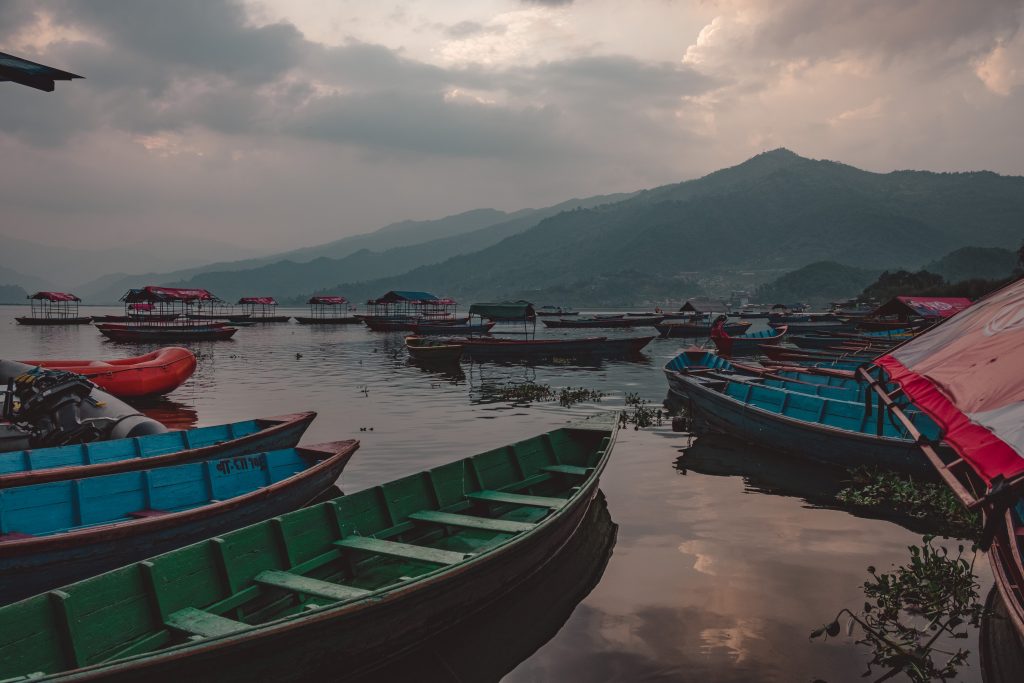
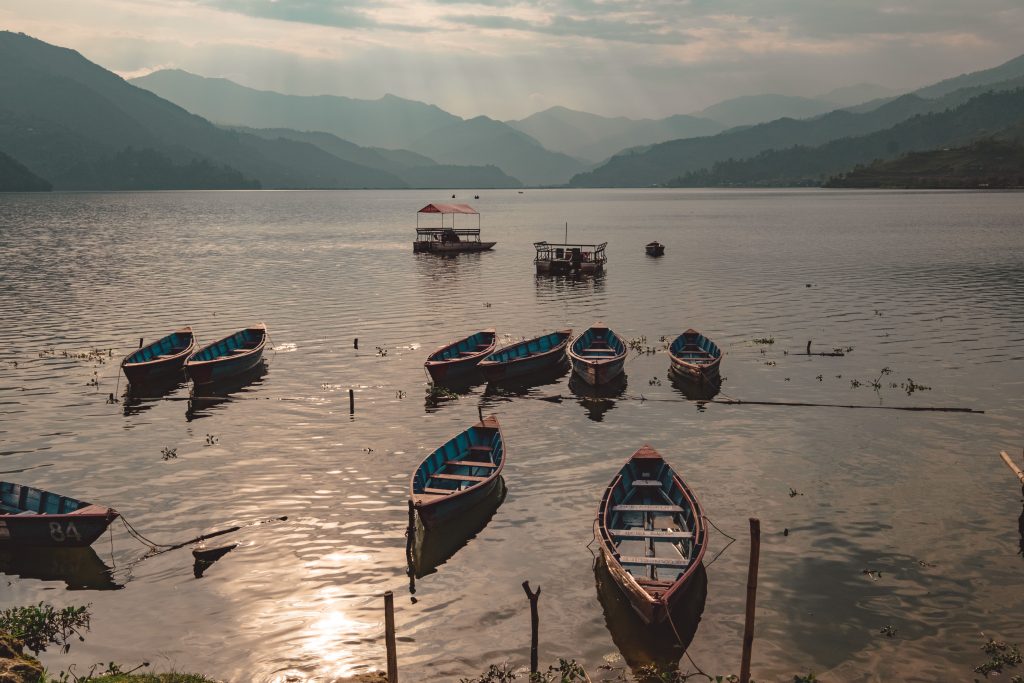
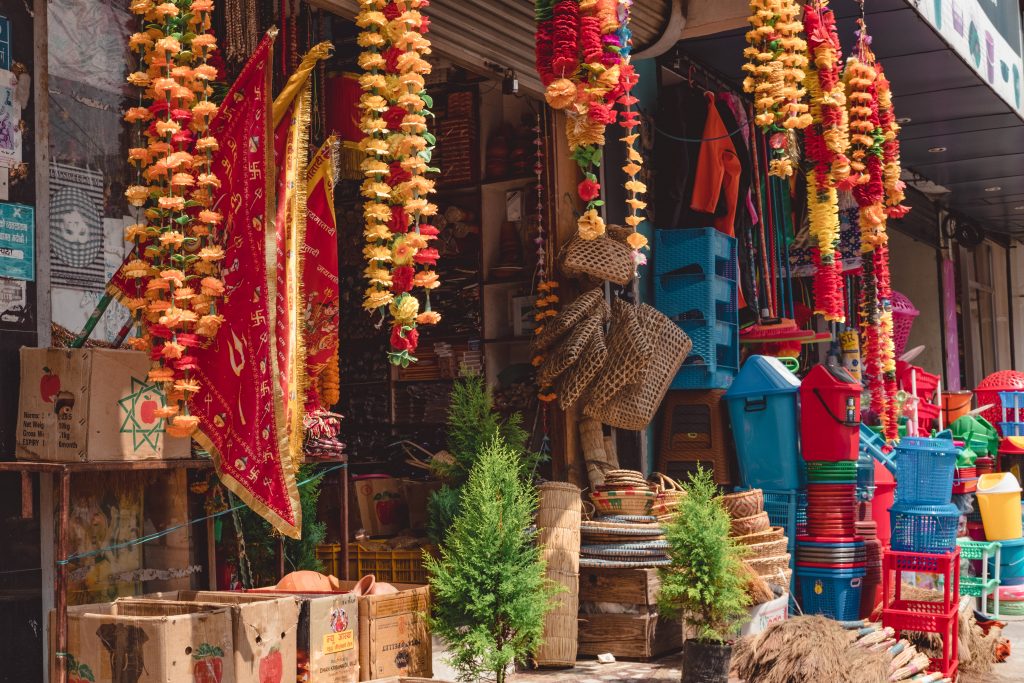
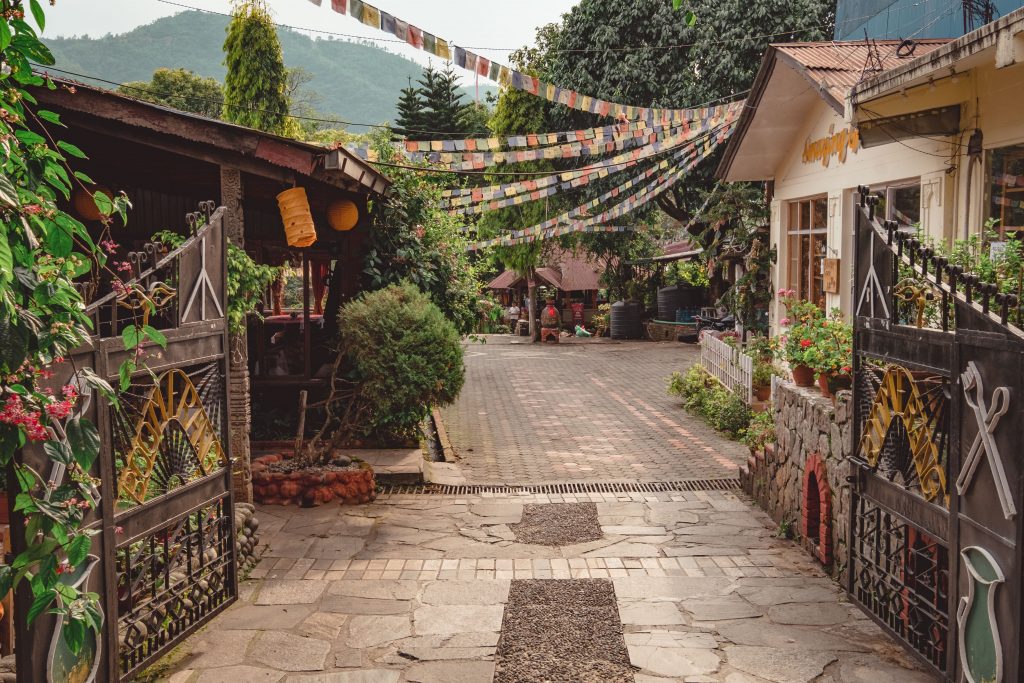
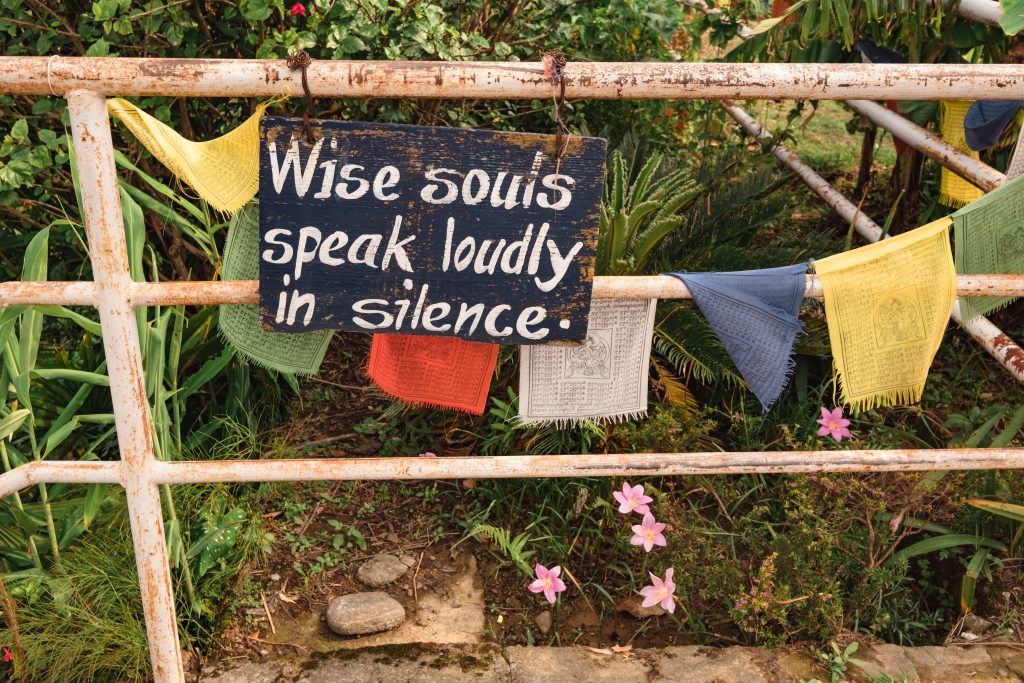
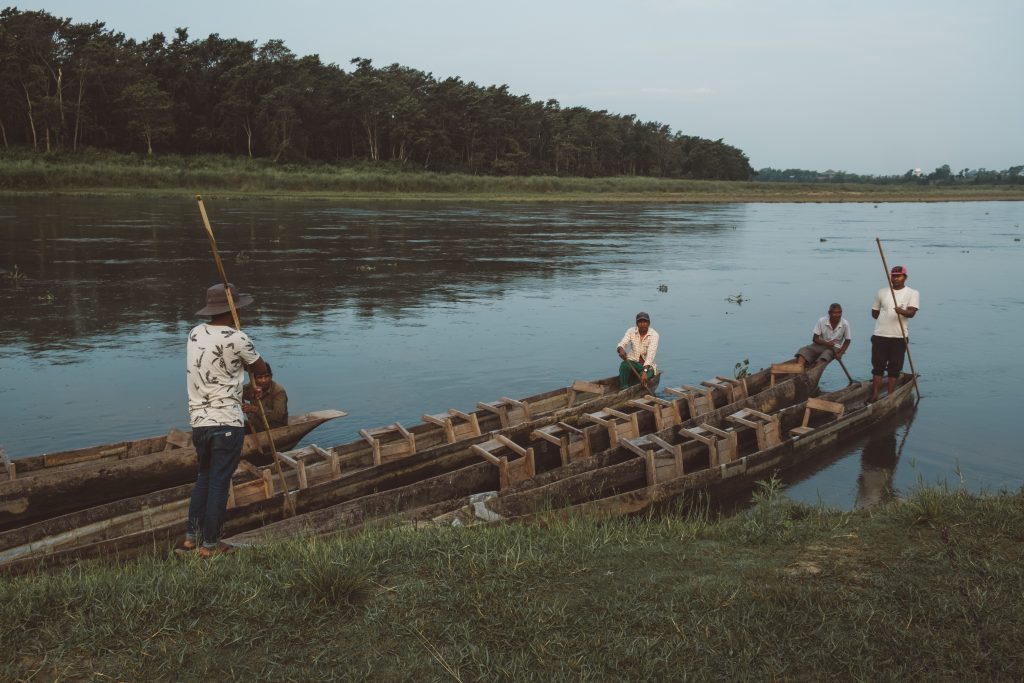


Leave a Reply